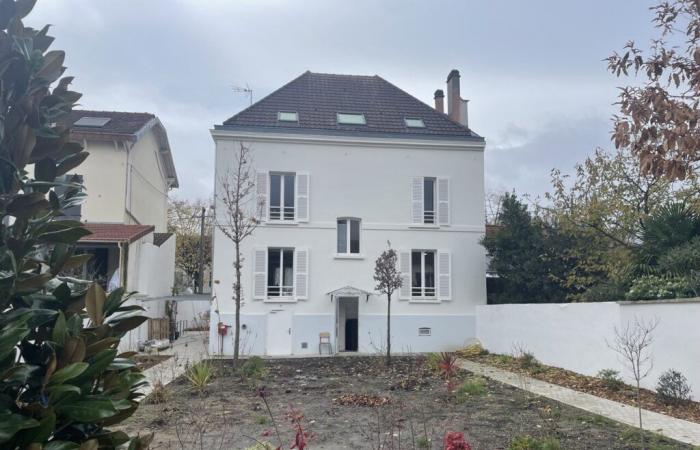
Par
Hugo Hancewicz
Published on
Nov 28 2024 at 7:42 am
See my news
Follow Paris News
In the heart of the residential district of Nanterre (Hauts-de-Seine), the cold freezes the skin this Wednesday, November 27, 2024 in the morning. In an alley, bordered on both sides by the accumulation of dead leaves, a beautiful pavilion from the 19th century with a sparkling white facade. Located a stone's throw from the city center, the completely renovated building has welcomed, since September, 8 adolescents entrusted to Child Social Assistance (ASE).
“We don’t do daycare”
This place constitutes a first stage of the House of the Future which will see the light of day in the town in 2026. This large social project aimed at adolescents, of which the Hauts-de-Seine department is at the origin, aims to monitor these young people in care on a daily basis. “We don’t do no daycarethere is real support with each child,” explains Emilie Bouafer, director of the prefiguration pavilion.
In these 200m², spread over 3 floors8 teenagers, aged 11 to 17, live together every day. Here, educators try as best as possible to reproduce a secure and family environment, for the balance of young people. The latter have each one a room in the residence, which they share together. Their daily life resembles that of a child their age, between school, extracurricular activities and friends. “Their classmates can even come to the pavilion to spend an afternoon,” smiles the director.
But the true strength of this space, “unique in the department”remains the close link that exists between supervisors and adolescents. “We know them all very well, their storytheir concerns or even their ambitions, confides Emilie Bouafer, it is thanks to this small number that we can offer a individual monitoringclose to their needs.
Hauts-de-Seine, a model department?
At the bottom of the garden, where the grass has not yet grown, a pavilion annex hosts the socio-educational service (SSE). This space essentially provides academic support and homework help. In addition to the 8 teenagers housed on the site, they are 10 other children who benefit from this assistance, in an open environment.
For this first pavilion, the department paid 2 million eurosto which are added 9.5 million euros for the other places which will constitute the House of the Future. “We are a department that has no no absence placement,” says Anne Ourgaud, head of department at the solidarity center. In Hauts-de-Seine, more than 6,000 children are entrusted to the ASE, of which 3,000 are monitored at home and 3,000 are subject to a judicial placement measure.
Follow all the news from your favorite cities and media by subscribing to Mon Actu.





